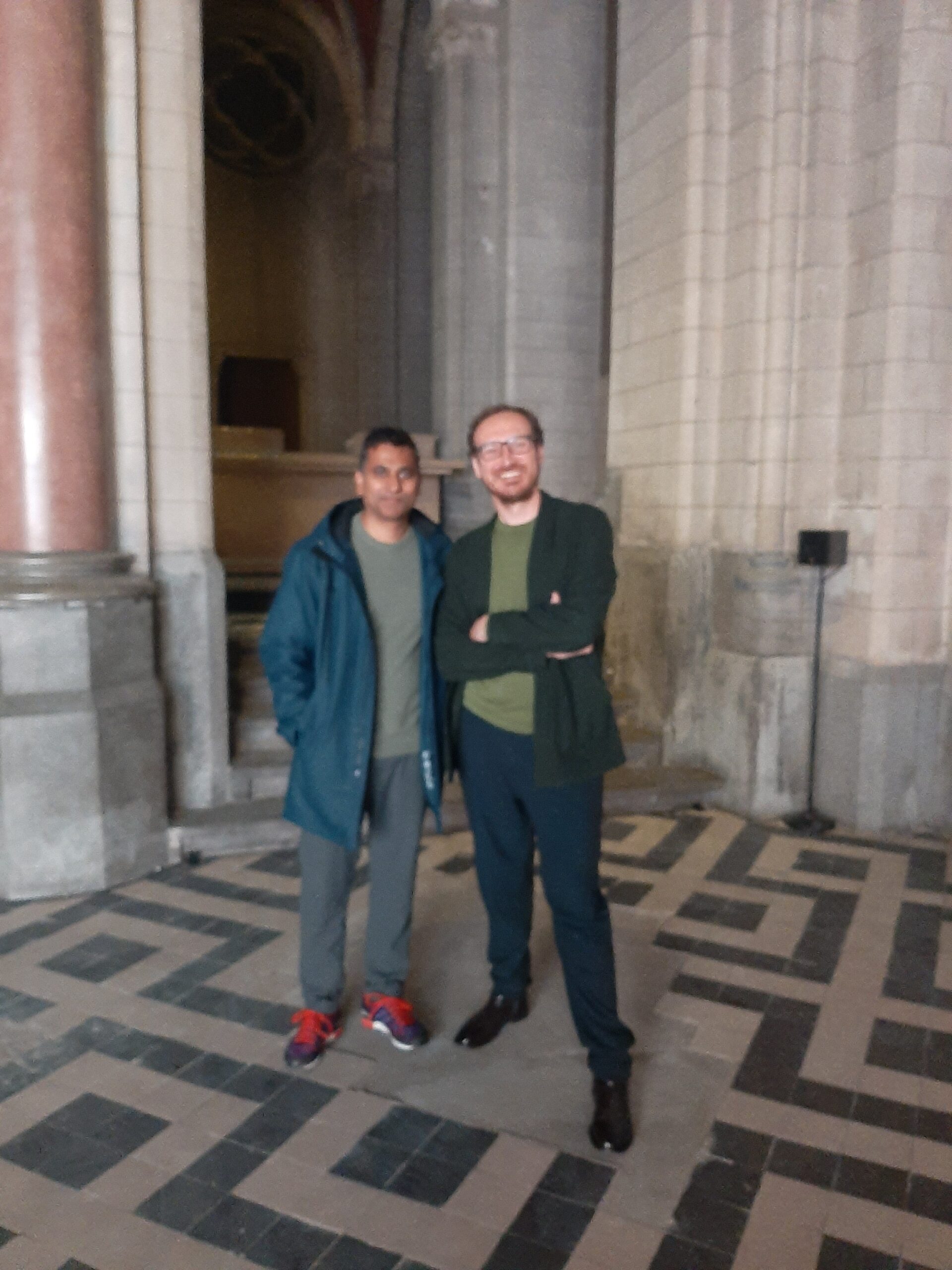The title of the exhibition ‘Silent Times’ (from 26 October) at Kunsthal Extra City in Antwerp caught my eye. Despite the abundance of platforms for speaking out, non-conflicted people today prefer to keep silent even on issues that are important to them. Otherwise, even their seemingly like-minded friends will take a beating. Quiet’ has started to appear and my sympathies are on their side – multiplying aggression in our polarised times may bring likes on fb, but it is not constructive. In authoritarian societies, your word can be punished. A few years ago I interviewed the author of Silent Picket in Ghent – Dasha Sirenko was protesting against the decriminalisation of domestic violence in the Russian Federation.
Silent Times is about the unspoken, the psychological burden of silence and the burden of not finding words. In times when countries are involved in geopolitical games, the voice of the Individual is drowned out. The political voice and the personal voice of the individual are tightly controlled. ‘Freedom of speech’ almost seems like a phrase from a long-gone past. It is no coincidence that the Dutch word ‘stem’ also denotes the electoral voice. We see the public silent, silent, silent, and then voting for the ‘unexpected candidate’. A silent protest.
Antwerp’s most informal art centre, Kunsthal Extra City, opened in a former Dominican convent on a non-profit basis, practically in accordance with the precepts of a mendicant order, gives a voice to a wide variety of artists. In this case, mostly with an immigrant background. Of all the projects, I chose Basir Mahmood (1985) with his video triptych (three videos are shown simultaneously) ‘Brown bodies in an Open Landscape are Often Migrating’. First of all because of the unusualness of the presentation. Pakistani artist and director Basir invited a team from the film industry in his native Lahore, also known as Lollywood, to write the script and shoot a number of episodes. The narrative is loosely based on videos found online and recorded by migrants as they travelled from South Asia to Europe. Such videos give an insight into the rigours of their wanderings, which often last for years and sometimes fail to reach their intended destination, as well as offering practical advice to those who have yet to leave.
What’s unusual.
Rather than trying to convey the migrants’ experiences, the artist conveys them through the exhaustion of the film crew under the scorching sun, the difficulties faced by the cameramen trying to find actors lost amongst the barren nature, and the exaggerated gestures of the assistant directors coordinating the shoot from afar. The soundscape, created entirely in the recording studio, reinforces the discrepancy between what we see and what we hear, between near and far. The shouted instructions of the poms are muffled and the actors are hard to spot. The landscape also plays a fundamental role as physical and existential space. It emphasises the distance not only between the image as testimony and the image as product, but also between those who experience the dislocation and those who are its viewers. Basir Mahmood lives between Lahore and Amsterdam.

